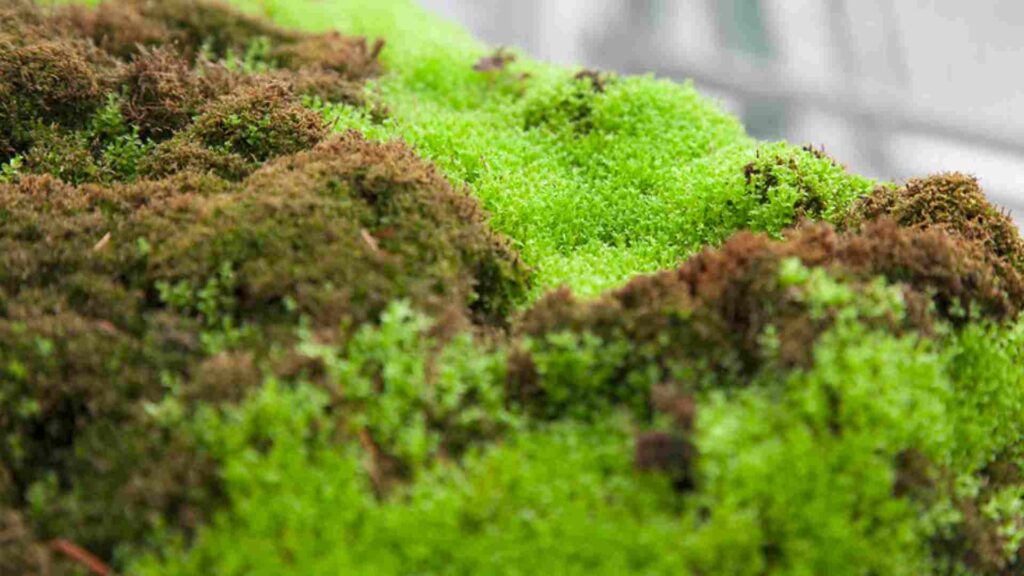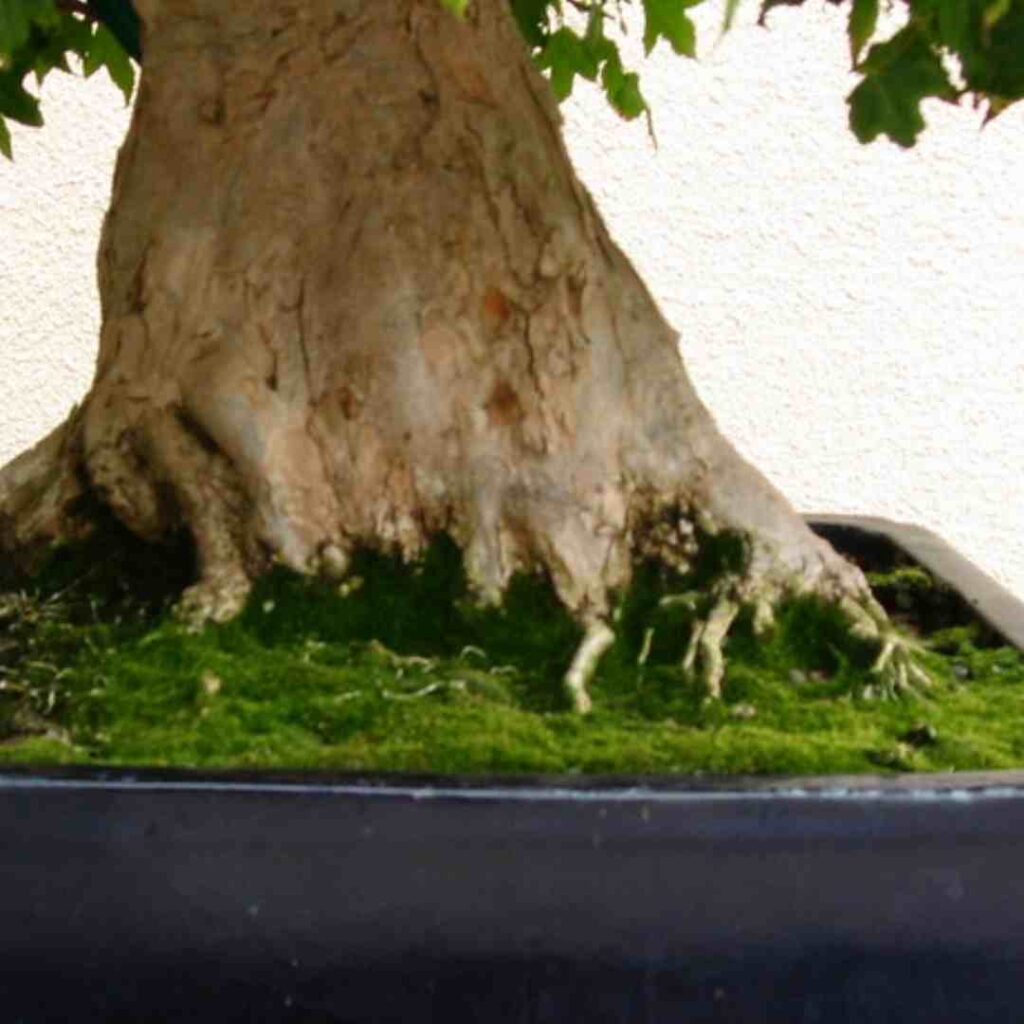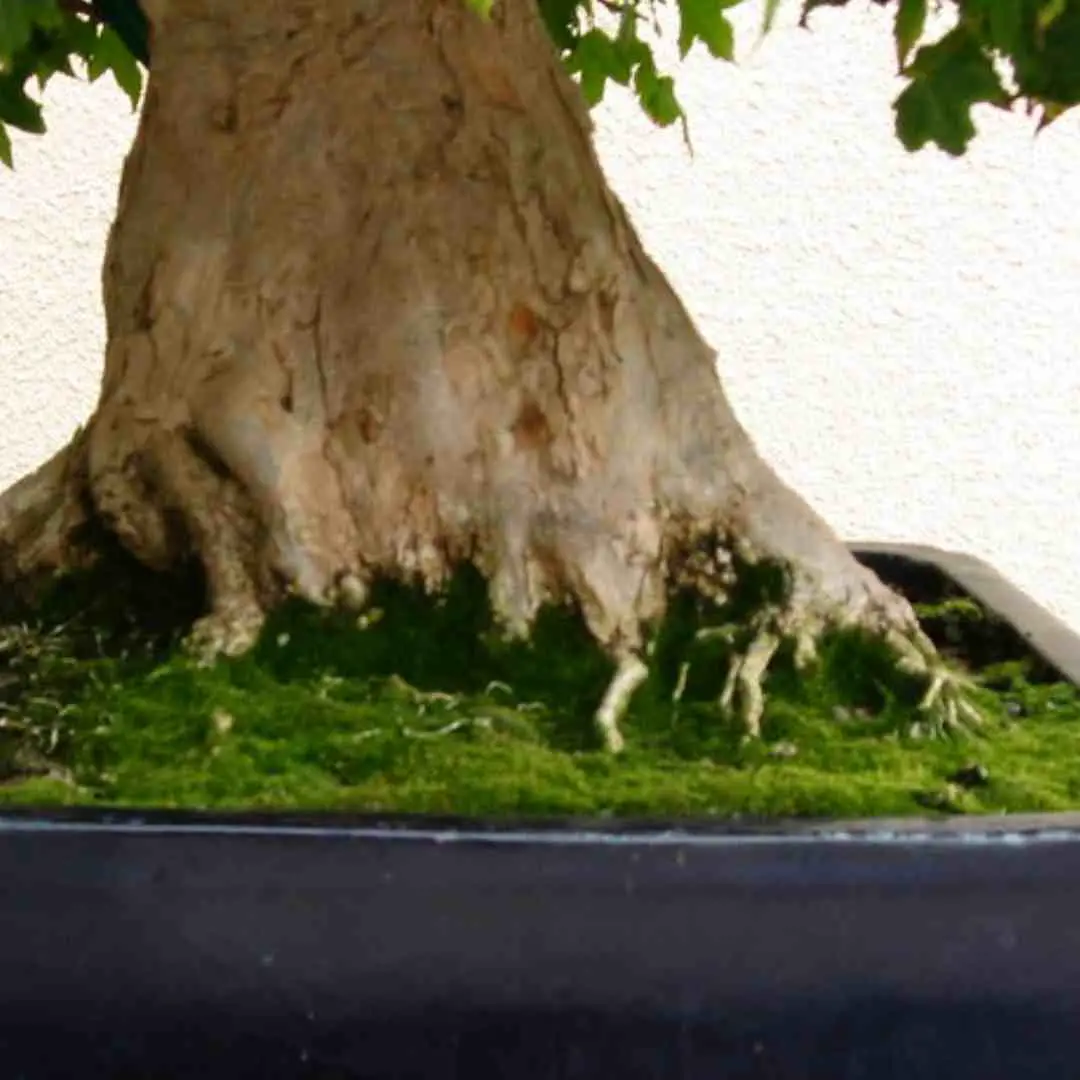Growing moss on your bonsai is a great way to add an element of natural beauty to the tree. Moss is soft and springy, and it grows well in shady conditions where many plants would not survive.
What Moss Do You Use For Bonsai
Moss is highly absorbent and will help your tree’s roots be fully hydrated. It will also prevent your soil from drying out too quickly and make watering far easier than traditional methods.
If you are staying away for extended periods, or even just forgetting your tree for a few days, it will handle it without damage.
Bonsai moss is cheap, easy to find, and comes in multiple colors, so you can match it with your home décor if you want.
How To Propagate Moss For Bonsai
When selecting moss for your project, consider its growth rate, color, and texture when compared with the area where it will be used.
You can purchase different types of moss at your local garden or home improvement center or purchase it online.
You can also collect moss from your yard or neighborhood parks and recycle it into your project if desired.

Grow Or Collect Moss Specimens:
To begin growing moss on your bonsai, choose the right kind of moss for your bonsai. Moss is sensitive to pollution and prefers shaded areas.
Moss grows best in shady areas with very little light. It is usually found at the base of trees or rocks. While it can be grown inside, it is easy to grow moss outside on your bonsai or in a planter box.
You can use various types of moss, and they will all thrive as long as you keep them out of the full sun.
To get the highest quality moss for your bonsai, pick moss from an unpolluted area. If you live in an urban environment, find a nice tree stand and collect some moss from it.
When choosing moss for your tree consider purchasing a type that grows naturally in your area. In humid areas choose a more delicate type of moss like Lady Moss whereas in dry areas try something sturdier like Spanish Moss.
Most people choose a light green color, but there are other options also available. You can choose lighter yellowish tones, browns, and even reds and purples depending on the species of moss that you choose.
How Do You Use Bonsai Moss Spores?
Bonsai moss spores are the seeds of a plant that is commonly used in Bonsai gardening. They are very small and light, so they can be easily distributed over the surface of your Bonsai tree.
Plant these seeds directly onto your Bonsai tree or sprinkle them over potting mix.
Keep misting the spores to maintain a humid environment. It won’t take much time before the moss fills up your pot.
Most mosses grow quickly, but there are some exceptions. One way to speed up growth is with fertilizer. Use an organic fertilizer like fish emulsion or manure tea to speed up things.
How Can You Utilize Established Moss?
Propagating moss is a great way to start your bonsai garden. You can take small pieces of moss that you’ve collected and start your own moss garden.
Collect around 1/2-1 pound of moss per foot of surface area in your bonsai garden. Collect moss from your surrounding area, focusing on the species that grow in areas with plenty of sunlight. Avoid collecting moss that grows near trees, as this could introduce insects into your bonsai garden.
Allow the collected moss to dry for a couple of days before crumbling it with your hands, creating a dust-like substance. Thoroughly water your Bonsai before sprinkling the dust over the top layer of soil. Continue to mist this layer of moss twice a day to promote growth.

Prepare The Top Layer Of Soil Around Your Bonsai:
Properly prepare the upper layer of soil before you lay moss around your bonsai. Eliminate debris, using sharp-bladed scissors, and carefully trim all aerial roots. It is important to have a smooth, undisturbed root ball.
Lay One Layer Of Sphagnum Moss:
Now you lay down a layer of moss in between the soil and your fresh moss. The sphagnum moss helps hold your fresh moss in place while also keeping it fresh because sphagnum moss is a wetter type of moss.
Arrange Pieces Of Your Cultivated Or Collected Moss:
Now, place your moss (grown/cultivated) to lean against the tree. Lay your moss in a natural-looking way. Avoid layering your moss as this will decrease the amount of moisture that makes it to the Bonsai’s roots.
Press down your moss, and apply a light mist—the soil will do the rest.
How Do You Water A Bonsai Tree With Moss?
With bonsai trees, never leave a tree sitting in water. Moss is actually a primitive plant that has adapted to grow under extremely wet circumstances. It can easily be killed if you place it in water for any length of time.
When you are watering the tree, soak the moss thoroughly until the excess water drains out of the bottom. Do not keep the moss constantly wet as this will likely cause rot.
To keep moss healthy, mist it occasionally so that it holds moisture longer, but not so frequently that it gets waterlogged and rots.
Mist your moss when the dew has evaporated, but before the sun has dried out the air.
Type of Moss to Use:
There are many different types of moss. Some of the most popular choices for bonsai moss are:
- Polytrichum
- Ctenidum
- Sphagnum moss
- Ceratodon
- Reindeer moss
- Thuidium
- Hypnum
Some mosses are better suited for bonsai than others. For example, reindeer moss is a popular choice because it’s easy to grow, and it holds its color well. However, it doesn’t stay green all year round–it turns brown in the winter.
For this reason, sphagnum moss is usually the best choice for bonsai. It’s hardy and can help prevent soil from drying out quickly.
Conclusions:
Growing Bonsai Moss is a great way to add a new dimension to your bonsai tree without the extra time and effort.
Bonsai trees are beautiful, but they do need regular care and watering. It can take time to water all of the soil in the pot, especially if you have a big tree.
